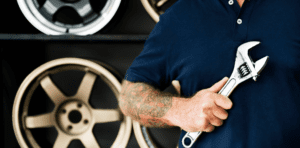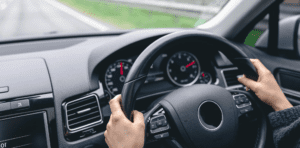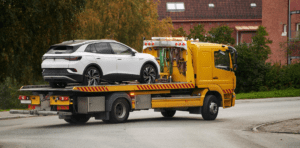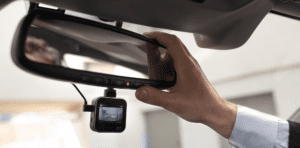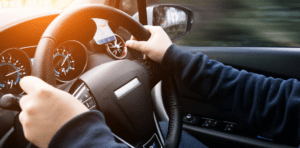Compare cheap car insurance
✔ Compare cheap car insurance quotes
✔ Over 110 insurance providers
✔ Get a quote in minutes
✔ Save up to £504*
When it comes to comparing car insurance, one key aspect insurers consider is the safety and security features of your car.
The logic is straightforward: the safer your car, the more likely it is that your insurance premiums will be lower.
However, irrespective of your vehicle’s make or model, there are numerous general tips and strategies you can adopt to enhance the overall safety of your car.
How are Safety Features Improving Cars?
Advances in Technology
Modern cars are safer than ever, largely due to a combination of advanced over-the-counter gadgets and on-board technology.
These technological marvels include features like GPS tracking, fingerprint recognition, autonomous emergency braking, and lane assistance.
The latter is particularly noteworthy as it actively steers the vehicle back into its lane if it begins to drift.
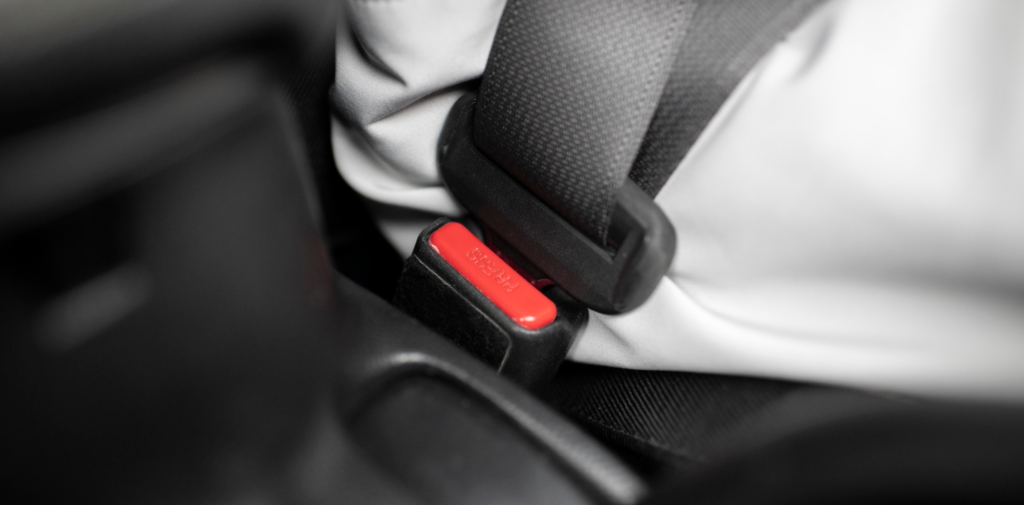

Impact on Road Safety
A significant impact of these advancements is their potential to reduce accidents and save lives. It’s projected that by 2030, automated driving systems could prevent up to 47,000 serious accidents and save approximately 3,900 lives.
This reduction is primarily attributed to the technology’s capability to eliminate human error, which is a major factor in road mishaps.
The Role of Traditional Safety Measures
Despite these technological advancements, it’s important to recognise that some of the most effective safety measures are quite basic and have stood the test of time.
This highlights that, while new technology is beneficial, traditional safety practices continue to play a crucial role in ensuring the safety of both the car and its passengers.
How much can you save on your car insurance?
Can I Check How Safe My Current Car Is?
Using NCAP for Safety Assessment
If you’re looking to determine the safety of your current car, consider using the New Car Assessment Programme (NCAP).
This independent organisation focuses solely on a vehicle’s safety aspects rather than its aesthetics or cutting-edge technology.
NCAP conducts a comprehensive and objective evaluation of a car’s safety features, build quality, and performance.
This assessment primarily aims to determine how well drivers and passengers would be protected in the event of a crash.
Understanding NCAP’s Rating System
Each vehicle undergoes rigorous testing and is subsequently awarded a car safety rating that ranges from one to five stars. NCAP’s website is user-friendly, featuring a dedicated section for family cars.
The highest accolade a vehicle can receive is the five-star rating. This prestigious rating signifies ‘overall excellent performance in crash protection’ and indicates that the vehicle is well-equipped with comprehensive and robust crash-avoidance technology.
How much can you save on your car insurance?
How Can I Make My Car and My Journey Safer?
Preparing Your Car
Before embarking on a family holiday or any journey, it’s crucial to prepare your car. Conduct all necessary checks to ensure your vehicle is in optimal condition. This step is fundamental for a safe and smooth journey.
Keeping Children Safe and Occupied
Ensuring that your children are both safe and occupied is key. To enhance safety, make sure they are in car seats that are appropriate for their weight and height, rather than their age.
Remove any bulky coats, as these can diminish the effectiveness of the car seat’s restraints in the event of an accident. It’s also advisable to have children seated in the back of the car, as the front is more likely to be damaged in accidents.
Keeping kids comfortable and amused helps minimise distractions for the driver, contributing to a safer journey.
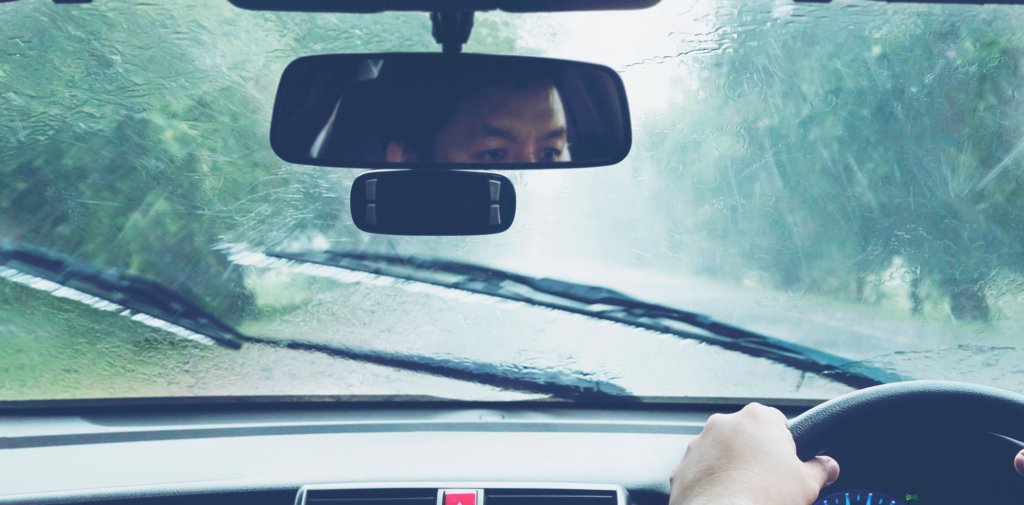

Being Prepared for Emergencies
Always be prepared for potential breakdowns. Ensure everyone in the car has suitable clothing for standing outside in case of vehicle troubles. This is particularly important in varied weather conditions.
Weather Preparedness
Be ready for all types of weather, especially during the winter when you might encounter snow, ice, fog, and mud. Proper preparation for these conditions is essential for both your safety and that of your vehicle.
Maintaining Alertness
Finally, having an ample supply of water and snacks is a good practice, regardless of whether your journey runs smoothly. Staying hydrated and well-fed helps keep the driver alert, contributing significantly to the overall safety of the journey.
How much can you save on your car insurance?
What Kit, Tools, and Equipment Should I Keep in My Car?
Essentials for Winter
During the winter months, it’s wise to equip your car with certain items. Keep a shovel in the boot, along with bottles of de-icer and screen wash, to tackle icy conditions. Additionally, consider carrying a blanket and a full flask for extreme weather situations, to keep warm if stranded.
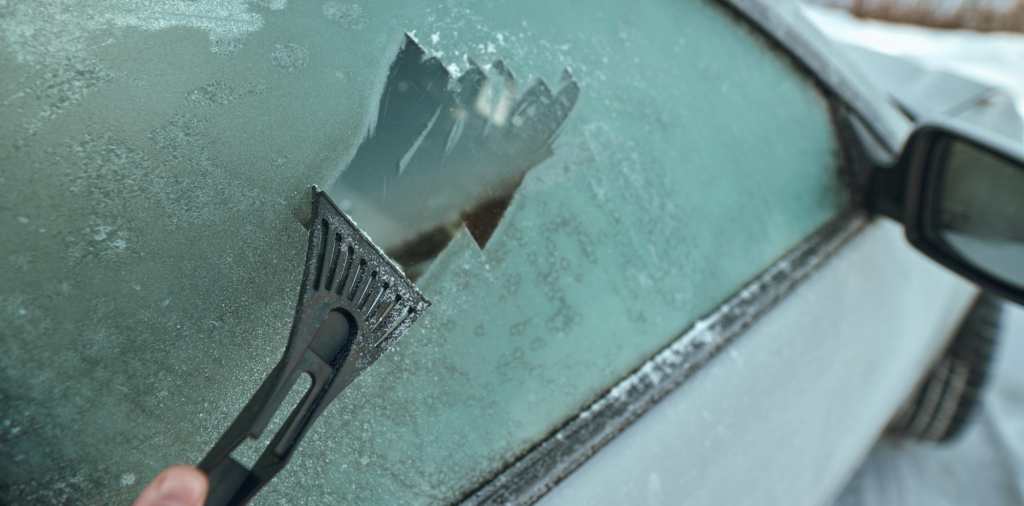

Year-Round Items
Sunglasses are essential throughout the year, not just in summer. The low sun during colder months can impair your vision, making sunglasses a crucial item.
Always carry a phone charger; a phone without power could be a significant inconvenience in emergencies. It’s also important to have a sat-nav, GPS system, or a reliable map to help if you find yourself lost.
Emergency Car Kit
An emergency car kit is a must. This should include a first aid box, torch, hazard warning triangle, reflective vest, and a waterproof jacket. These items are vital for safety and visibility in case of a breakdown or other roadside emergencies.
Additional Preparations
Pack sturdy footwear in case you need to walk a considerable distance. A puncture repair kit is also crucial; it allows you to temporarily re-inflate a tyre until you can reach a garage for proper repair.
For a comprehensive understanding of what might be necessary, refer to our breakdown checklist to discover other essential items for your car.
How much can you save on your car insurance?
Essential Checks Before a Long Journey
Oil and Coolant Levels
Before setting off on a long journey, it’s crucial to check your oil. Remove the dipstick, clean it, and then check the oil level again.
The oil should be a clear golden brown and sit between the two markers on the dipstick. If it’s low, top it up. If the oil is thick and sticky, it might be time for a change.
Also, ensure to check your coolant levels. Find the expansion tank and confirm that the coolant is between the minimum and maximum levels to prevent your car from overheating.
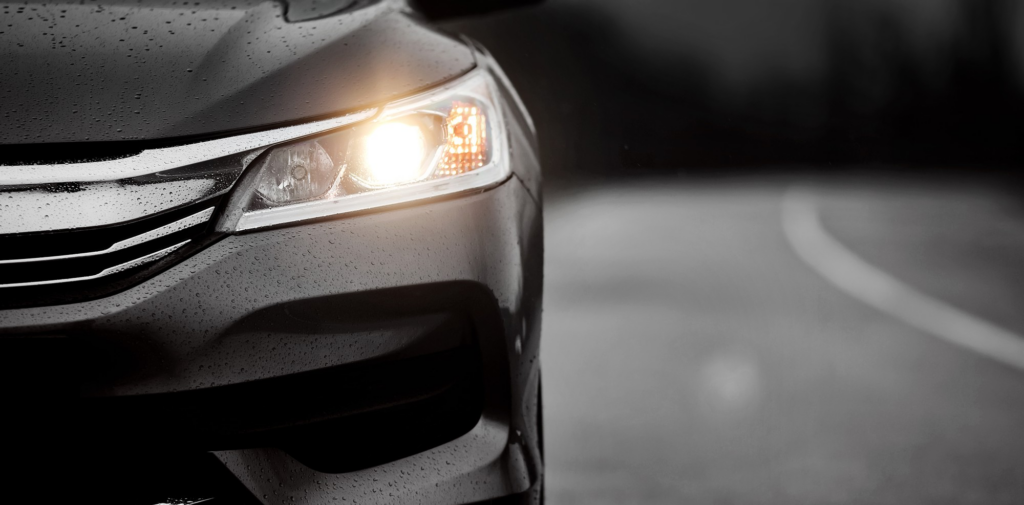

Brake Fluid and Screen Wash
It’s important to check your brake fluid. The reservoir is typically located on the driver’s side. Check the level against the marker, and ensure the fluid is a golden colour.
Brown fluid needs changing. Additionally, check your screen wash; using just water is insufficient for removing grime from your windscreen.
Lights and Battery
Regularly check your lights, especially in winter when roads are dirtier, as they may need cleaning.
Ensure all lights and indicators, including fog lights, are functioning correctly. Also, check your battery; if you don’t have a voltage meter, a garage can do this for you.
Windscreen Wipers and Tyres
Inspect your windscreen wipers for signs of wear, such as streaks or gaps on the screen when in use. For your tyres, look for cuts, scratches, and bulges.
If you have a pressure pump, check the tyre pressure at home using the figures in your handbook, fuel cap cover, or inside the driver’s door. At a petrol station if necessary.
Remember, if your car is heavily laden, like for a family holiday, you may need to adjust the tyre pressure.
How much can you save on your car insurance?
How to Maintain Car Safety
Regular Servicing
To ensure your car remains safe and efficient, regular servicing is key. While this involves a cost, it can prevent more expensive repairs in the future.
A regular service includes a thorough inspection of your car’s mechanical and electrical components, including tyres, brakes, and other crucial parts.
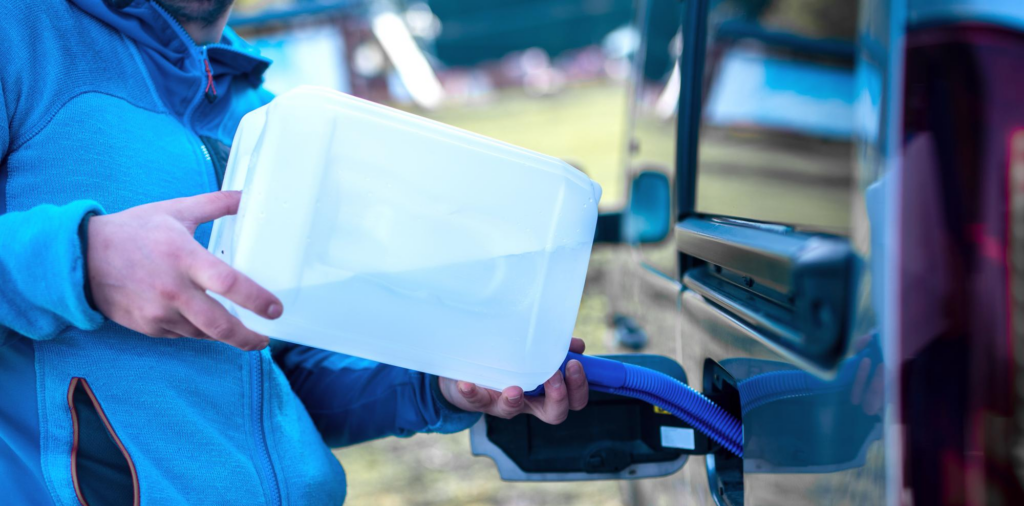

Service Requirements Based on Car Age
The requirements of the service can vary depending on the age of your vehicle. A newer car might just need an oil and filter change, while an older vehicle might require new brake pads and other parts replacements.
For those driving a diesel car, mechanics usually top up the AdBlue tank during a service, a fluid essential for reducing harmful emissions.
Service Reminders and Records
In modern cars, you’ll typically receive a dashboard message indicating when your next service is due.
If your car doesn’t have this feature, or if you’re unsure of the last service date, you can refer to your car’s handbook or service record for guidance.
How much can you save on your car insurance?
What’s Wrong with My Car?
Engine Start Issues
If your engine won’t start, listen for specific sounds when turning the key. A strange clicking noise, the engine turning over slowly, or no sound at all typically indicates a flat battery. You may need to jump-start your car or call for breakdown assistance.
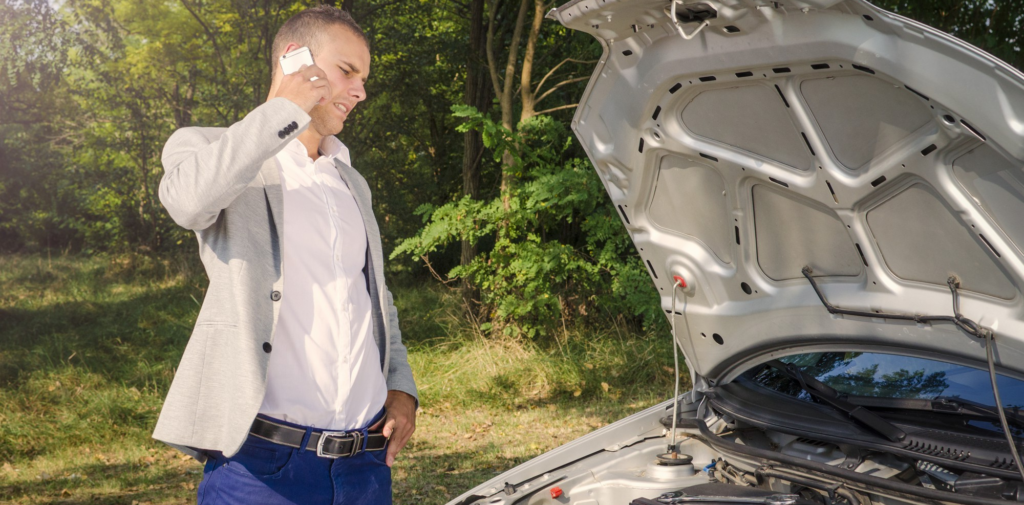

Dashboard Warning Lights
When a dashboard warning light appears, it’s a signal from one of the sensors detecting a fault. The colour of the light can indicate the severity of the issue. A red light signifies an urgent problem and should be checked by a mechanic immediately.
Unusual Noises
A strange squeaking noise while driving can point to various issues. If it occurs when pressing the accelerator, it could be a worn-out cambelt. Squeaky brakes often mean a worn-out brake pad, and screeching could indicate under-inflated tyres.
Gear and Movement Problems
In cars with a manual transmission, if the car doesn’t move or moves slowly when in gear, despite the engine racing, this could be a sign that the clutch needs replacing.
Identifying Leaks
To identify a leak, place a piece of white card under the car. The colour of the leak can help determine the source:
- Clear: Condensation from air conditioning, usually not a concern.
- Light or dark brown: Likely oil.
- Amber or light yellow: Brake fluid.
- Bright green, pink, or blue: Often coolant (can be other colours too; a sweet smell indicates coolant).
How much can you save on your car insurance?
Should I Consider Breakdown Cover with My Car Insurance?
Benefits of Breakdown Cover
Having breakdown cover is a reassurance for any car owner. It ensures that in the event of a car malfunction, a simple phone call can summon an expert mechanic to your location.
If the issue can’t be resolved on the spot, the service typically includes towing your car to a garage. Depending on your chosen level of cover, it may also provide assistance to get you and your passengers home safely.
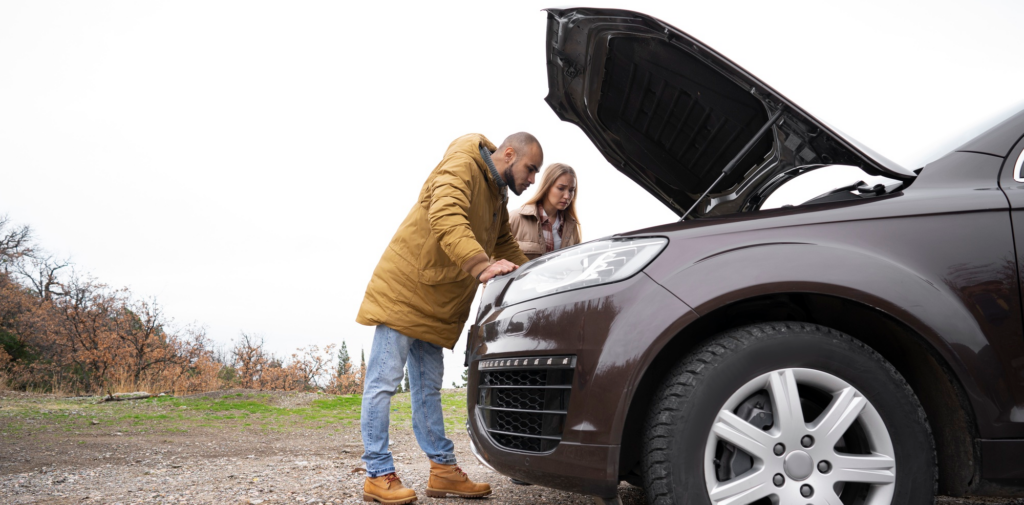

Integrating Breakdown Cover with Car Insurance
Breakdown cover can be purchased as a standalone service or added to your existing car insurance policy. However, it’s important to double-check whether you already have breakdown cover.
Some packaged bank accounts or credit cards offer breakdown cover as a benefit, so it’s worth confirming this to avoid unnecessary duplication.
How much can you save on your car insurance?

